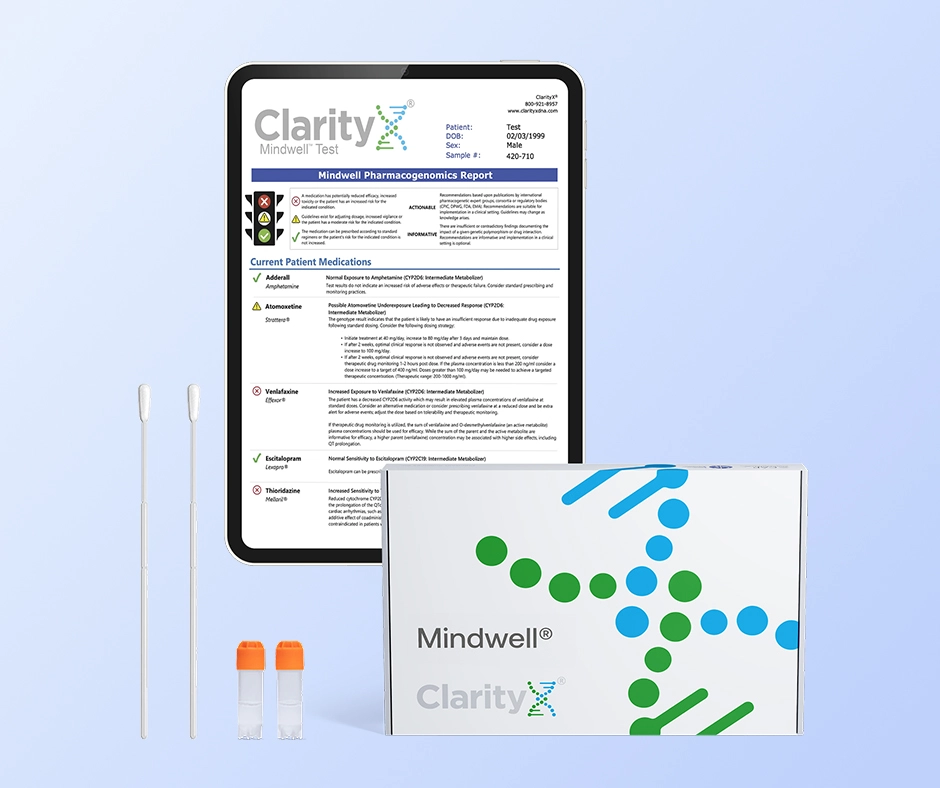New Year's Sale! Save 25%
How Paxil (Paroxetine) works
PAXIL CR is a selective serotonin reuptake inhibitor (SSRI) indicated in adults for the treatment of:
• Major Depressive Disorder (MDD)
• Panic Disorder (PD)
• Social Anxiety Disorder (SAD)
• Premenstrual Dysphoric Disorder (PMDD)
What are the side effects of Paxil (paroxetine)?
- abnormal ejaculation
- abnormal vision
- asthenia
- constipation
- decreased appetite
- diarrhea
- dizziness
- dry mouth
- female genital disorder
- impotence
- insomnia
- libido decreased
- nausea
- somnolence
- sweating
- tremor
Drugs Highly Bound to Plasma Protein: Monitor for adverse reactions and reduce dosage of PAXIL CR or other protein-bound drugs (e.g., warfarin) as warranted.
• Drugs Metabolized by CYP2D6: Reduce dosage of drugs metabolized by CYP2D6 as warranted.
• Concomitant use with Tamoxifen: Consider use of an alternative antidepressant with little or no CYP2D6 inhibition.
Serotonin Syndrome: Increased risk when co-administered with other serotonergic agents (e.g., SSRI, SNRI, triptans), but also when taken alone. If occurs, discontinue PAXIL CR and initiate supportive measures.
• Embryofetal and Neonatal Toxicity: Can cause fetal and neonatal harm. Increased risk of cardiovascular malformations for exposure during the first trimester. Exposure in late pregnancy may lead to an increased risk for persistent pulmonary hypertension (PPNH) of the newborn.
• Increased Risk of Bleeding: Concomitant use of aspirin, non-steroidal anti-inflammatory drugs, other anti-platelet drugs, warfarin, and other anticoagulant drugs may increase risk.
• Activation of Mania/Hypomania: Screen patients for bipolar disorder.
• Seizures: Use with caution in patients with seizure disorders.
• Angle-Closure Glaucoma: Angle-closure glaucoma has occurred in patients with untreated anatomically narrow angles treated with antidepressants.


